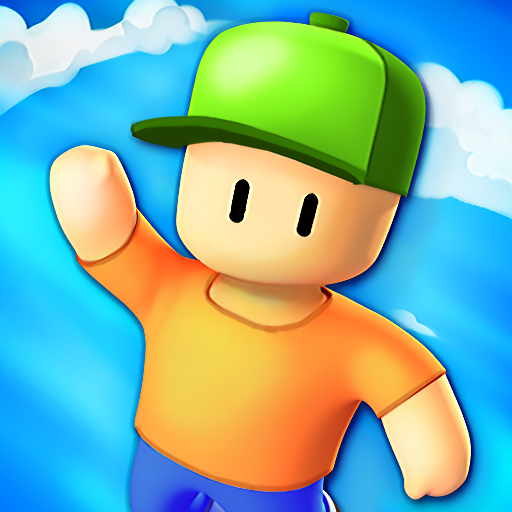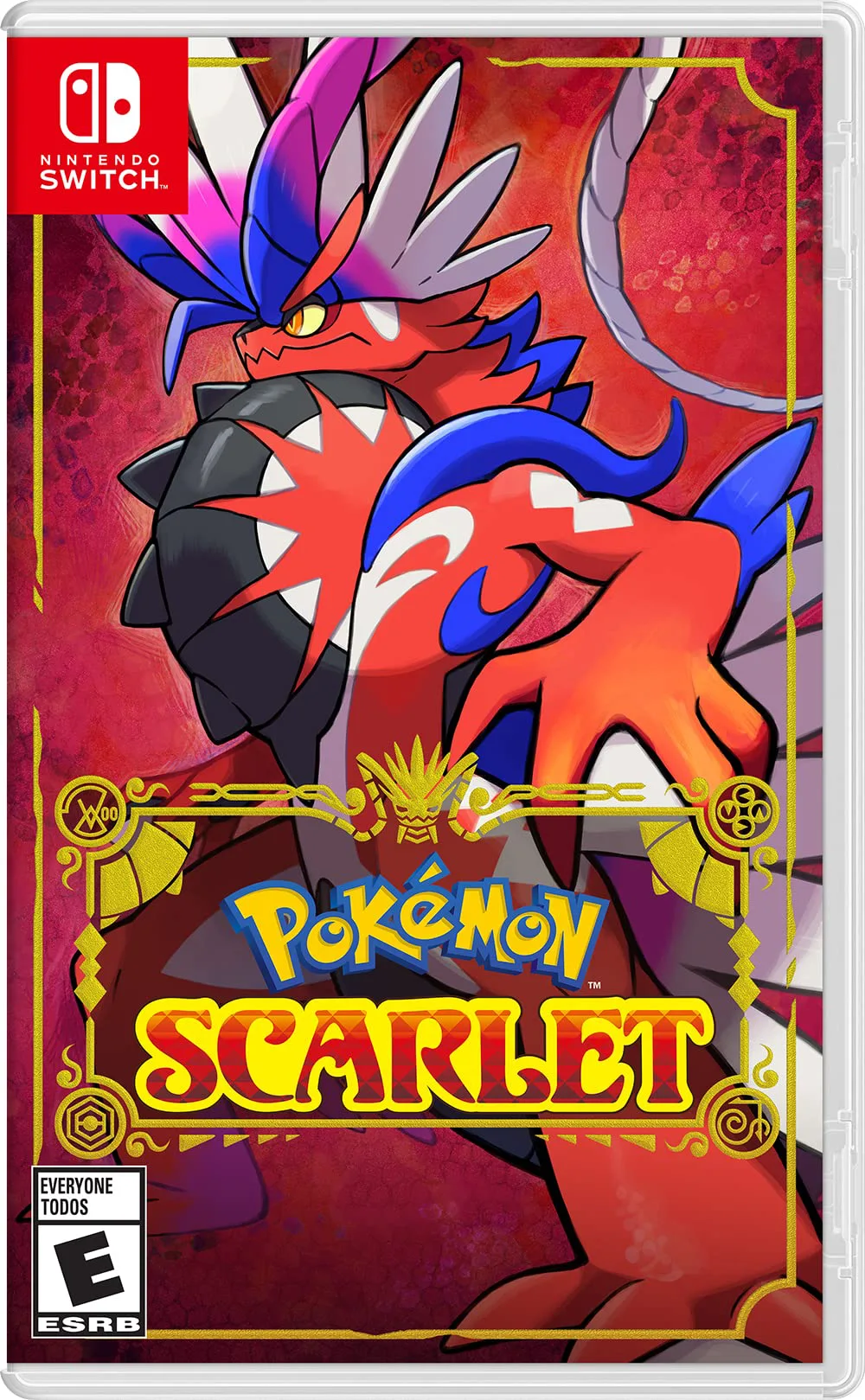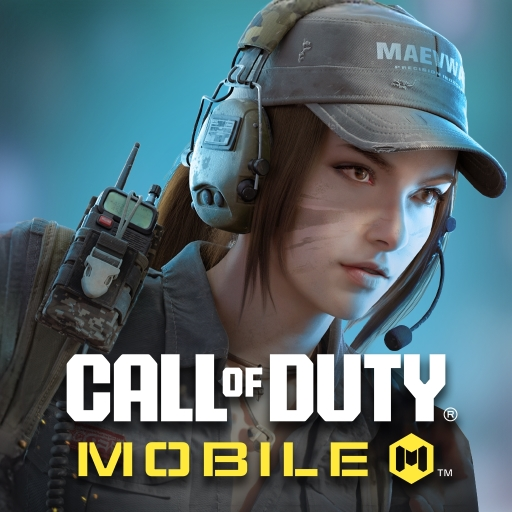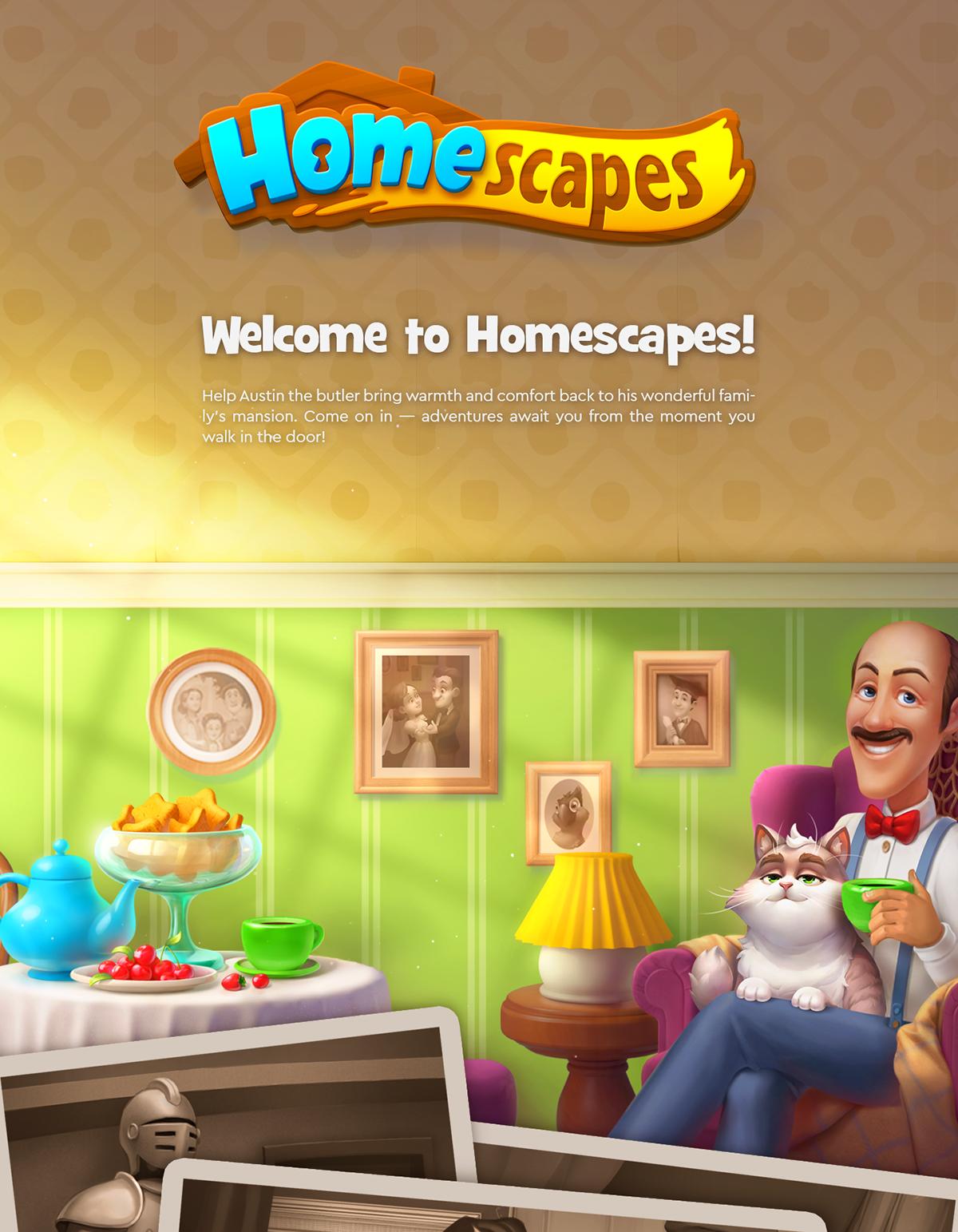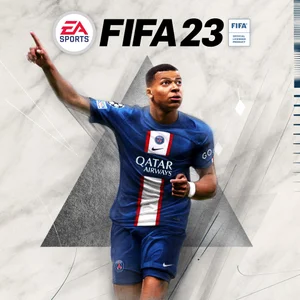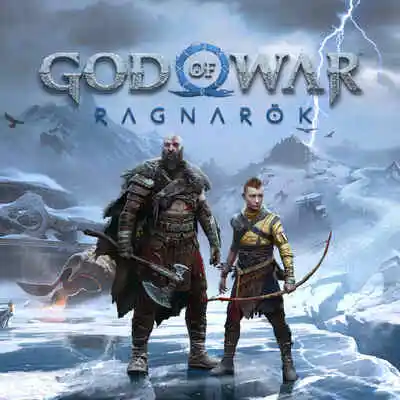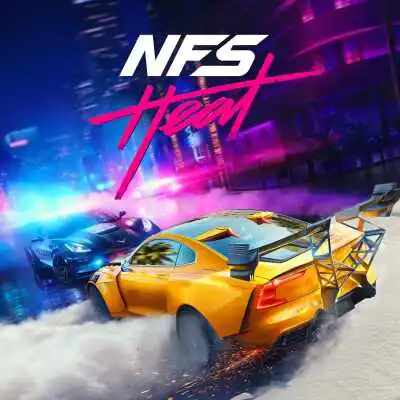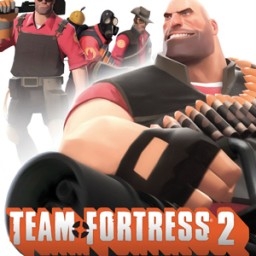
Team Fortress 2
Aren't you glad Team Fortress 2 didn't wind up looking like this? Valve has created quite a game with the long-awaited Team Fortress sequel, bearing many similarities to its predecessor, though incorporating enough changes to make it feel fresh. The most obvious aspect, which you may have noticed from any of the screens and video posted, is the visual style. Even after getting sucked into probably too many hours of play in the beta over the past few weeks, we're still amazed at the art design, both in how it looks and how it animates.
But let's not get too carried away with the graphics. It's a game, after all, and the most important factor is how it plays and if it's entertaining. It's interesting to see both Team Fortress 2, which has been in development on and off for some seven years now, and Splash Damage's Enemy Territory: Quake Wars, which has seen its own share of setbacks and delays, finally come out right around the same time. Their nearly simultaneous retail release presents and interesting situation for you, the consumer, as to how to spend your cash. You may fondly remember your days in Return to Castle Wolfenstein: Enemy Territory, dropping air strikes on hapless attackers and eagerly charging into bunkers to spout forth deadly plumes of flamethrower fuel. Yet you can't forget your days with Team Fortress Classic, or even further back with the original Team Fortress Quake mod, with its now painfully dated character models but compelling team-focused online play.
There's really no right answer in this case as to which game is ultimately better. It's merely personal preference. Quake Wars is assuredly the more complicated game. For those uninitiated in the ways of Enemy Territory, the scope, dynamic objectives, speed at which the tide of battle can turn and the number of things you need to quickly consider when that happens, and user interface can be rather daunting. After learning the ins and outs it's clearly an excellent product, but it lacks that immediate, irresistible appeal so prominent in Valve's Team Fortress 2. And accessibility may very well be the deciding factor in determining which product users prefer. Regardless, it's an excellent time to be a gamer, since as tough as it may be to pick one or the other, making either choice rewards you with a well designed and highly entertaining title.
Like in Team Fortress Classic (TFC), Team Fortress 2 has nine character classes: Spy, Pyro, Soldier, Heavy, Medic, Sniper, Demoman, Scout and Engineer. Each class' abilities on the battlefield have been streamlined, which, along with the graphics, is what makes Team Fortress 2 so much more accessible than TFC. No longer do you have Engineers running around with railguns and EMP grenades. Medics can't "infect" the other team, Spies don't have tranquilizer darts, and none of the classes have hand grenades.
In TF2, each class has roughly three main ways of attacking - a primary weapon (the Heavy's minigun, Pyro's flamethrower, Engineer's sentry gun, etc.) and secondary (various classes have shotguns, others pistols, while the Demoman has a highly effective mine thrower) and melee weapons (the Scout's bat, the Medic's bonesaw, and so on). Though classes now possess fewer means of attacking, the resulting gameplay feels much more focused. Each class has a very clearly defined role and the means to ensure they perform successfully. The only limiting factor is, of course, how effectively your team meshes together.
If your Engineers aren't guarding their structures, Spies can wipe them out in seconds with a few sapper charges. If your team is full of Heavies and Soldiers but lacks Medics, you're not going to get very far. If you're playing a capture point map without any Scouts on your team, you might as well just leave the server or start berating your squadmates until a few switch classes. The Medic, though, seems to be the hinge on which all gameplay balance swivels. For TF2 they've been given a health hose, which blasts out a restorative stream at friendlies within range and "sticks" to them as long as you keep the fire button depressed. As you heal injured teammates, or "overheal" to 150 percent health, an ubercharge meter builds in the bottom right of the screen. Unleashing this renders both target and Medic invulnerable for a few seconds, which is sometimes the only way to break through chokepoints populated with Heavies, Medics, and multiple tier three sentry guns.
Even though Medics may be the most vital to a team's success, the other classes remain useful. Scouts, who are now rather deadly, are far and away the fastest, and their ability to double-jump and change direction in mid-air makes then all the more difficult to hit. Spies, in addition to being able to one-hit kill backstab the enemy, cause general chaos among enemy ranks. If your opponents know a spy is running around, they'll waste time and lose focus by shooting at their own teammates to try and reveal a disguised culprit.
Pyros tend to be the most effective spy detectors, and can be frequently seen doing fiery pirouettes in 2Fort matches all over the beta servers, as a spy incognito will betray his cover by bursting into flames upon contact with the burning spray.In a September 26 Steam update, friendly fire was removed from TF2, which was definitely a good move. Friendly fire ruins much of the game considering the close-quarters maps combined with the wide area of effect attacks of Heavies, Pyros, Demomen, and Soldiers. Without FF, teammates are free to shoot each other, since if they bleed health, they're a spy.
If you've been keeping up with our preview coverage, most of this is information you already knew. Hardcore gamers are playing the game already, since beta access was granted to those who pre-ordered through Steam. So enough with the descriptions, how does the game play?
That really depends on what map you're on, since each map is tied to a mode, with no switching possible. This means 2Fort is only going to be capture the flag (or intelligence briefcase). You can't switch to team deathmatch, at least not yet. Granary and Well are control point maps, where your team scrambles to capture all five points for the win, which can only be captured in a sequential order. Dustbowl actually consists of three sections with two capture points each, and each team takes turns attacking and defending. Gravel Pit is a more open map that gives the attacking team a choice of the point capture order, as opposed to the linear order in which Granary and Well's points must be captured.
Then there's Hydro, labeled as a territorial control map instead of a capture point map. It's basically one large map with capture points positioned all over, and sets teams down in walled-off sections for every round. Each team must simultaneously attack and defend, and if they successfully capture the other team's point, they advance to the next section of the overall map. This process is repeated until one team takes over the whole thing. While it's a good idea, we just couldn't shake the feeling that some sections of Hydro allowed for Scouts to capture points far too quickly, ending the round as the slow-moving Heavies are still puttering around in the starting area.
Other than that, the old favorite 2Fort remains very similar and is still just as fun, and the updated versions of Well and Dustbowl are a blast, though our favorite at this point is Gravel Pit. Attackers have a choice of points A or B at the map's beginning, and for whatever reason most people online choose to go A first. It's an easier capture, sure, but why chain yourself to the sequential progression of the English alphabet? In response, defensive squads seem to always head to A as well, leaving B often wide open. Once the community gets used to the notion of sending scouts to both locations, it should be interesting to see how capture strategies develop. After A and B are taken by the attackers, point C becomes vulnerable, nestled atop a wooden spire threaded with ramps and planks in the center of a large arena. It's a great setting for a final battle, with plenty of cover spots, open space, and plateaus for creative sentry gun deployment. If there's any issue, it's that the capture speed at which C can be taken once you're actually standing on it could probably use some tweaking.
If nobody wins the game at the end of a round, TF2 transitions to an overtime round where teams are no longer allowed to respawn, health pickups disappear, and resupply cabinets no longer give out health. You need to instead rely on medics and dispensers to heal any damage. Strangely, if nobody wins in overtime or wipes out the other team, the round ends in a draw. Sort of defeats the purpose of overtime, doesn't it?
Moving on to features, Team Fortress 2 does not support bots as of right now. Quake Wars, on the other hand, does, and its bots which cover five classes on both sides behave rather intelligently. It does, however, feature fully integrated voice chat along with a set of in-game chat messages to call for medics and the like. Being able to communicate with teammates via headset makes a huge difference, especially when compared to playing something like Quake Wars without it. Organizing your team, telling medics exactly when to initiate the ubercharge, calling out spy positions and disguises, and alerting your team to security gun positions are all essential parts of success, and, as most gamers know, most effectively accomplished by being able to speak to each other.
TF2 broadens its appeal even further with an amazing attention to detail. Critical hits, for instance, which pop out of your gun in the form of glittering bullets (or grenades, or rockets) cause green "critical hit" text prompts to pop up over your target's head. Special animations or occurrences surrounding a critical hit are nothing new, but they're done particularly well in TF2, giving you that satisfied feeling that you accomplished something special, making you feel skilled even if the critical hit happened by chance. The feeling is even more pronounced when your opponent explodes into chunky bits of gore laced together with globules of vital fluids. It may sound gross, but you'll find yourself laughing, a result of the game's cartoonish style.
The graphics in this game are simply stunning. During rounds, you'll see Heavies laugh heartily while blasting forth a cone of lead from their miniguns. The animations of dispensers and sentry guns as they're being erected will cause you to actually stop playing the game and just watch as the various parts lock into place like a Transformer. You'll switch between weapons just to see the weapon readying animation of the characters, like the way the wire on the Sniper's rifle scope sways ever so slightly, or how the patches of tinted metal on the Scout's scattergun gleam in the sunlight.
After every time you die, you're treated to a freeze frame of your killer, who's often caught in hilarious poses, particularly if you were a Pyro and had set him on fire. If you were splattered to pieces, the snapshot labels body parts like your head, pancreas, and appendix with little colored flags if they're in the scene. It's a simple feature that adds nothing to the gameplay, but does so much to keep you coming back in anticipation of the next surprise, wanting to find something else to smile about. If you're killed repeatedly by the same player, you'll also see "domination" appear next to their name on the kill screens. Simultaneously a message is sent out across the server alerting everyone to the fact that you're getting your ass kicked by the same guy over and over. It's embarrassing, to say the least, and a mechanic that drives you to play better and get revenge, which broadcasts another server message to let everyone know you aren't as bad as it seemed.
Stages look just as good as the character models, with sometimes blocky stage designs completely offset by an impeccable, gorgeously realized artistic style. It's such a strong style that you can't help but wish more had been done with the 1950s spy / espionage theme, like adding in some storyline and true characterization beyond the wildly endearing models and animations. But this is an arena shooter, and that's something for another game…we hope.
Sound design is marvelous as well, with nice little touches like the Pyro's voice chats being muffled (he's wearing a fireproof suit, after all), the Demoman's Scottish accent, and the Scout's urgent cries for a medic. Weapon sounds boom, making firing even a Scout pistol a thrilling experience, and make more or less useless weapons like the Medic's hypo gun fun to shoot. The music, of which there is very little, blends perfectly with the visuals when it does play, strengthening TF2's artistic vision even further. Some of the sounds are recycled from previous Valve games, something fans are sure to appreciate and the newcomers unlikely to notice, and they blend in well with the rest of the audio package.
Get from the official digital markets
All trademarks belong to their respective owners.

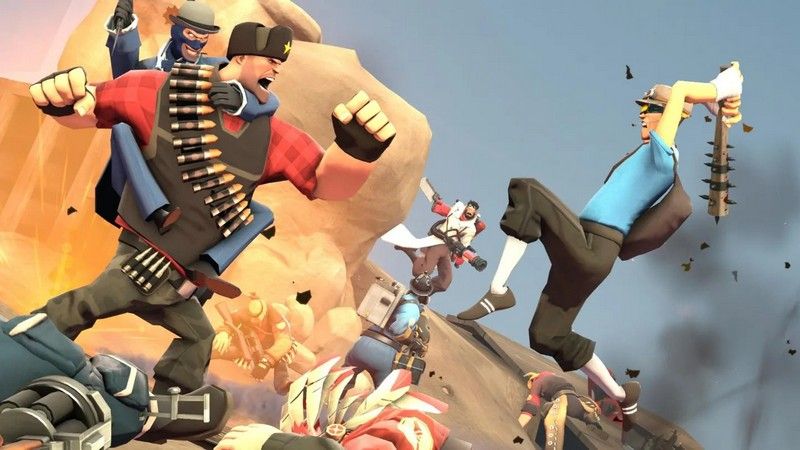
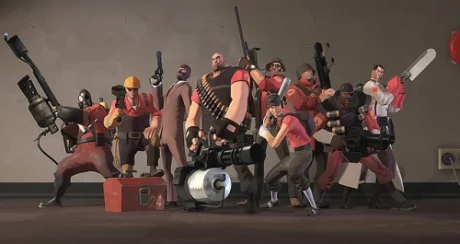
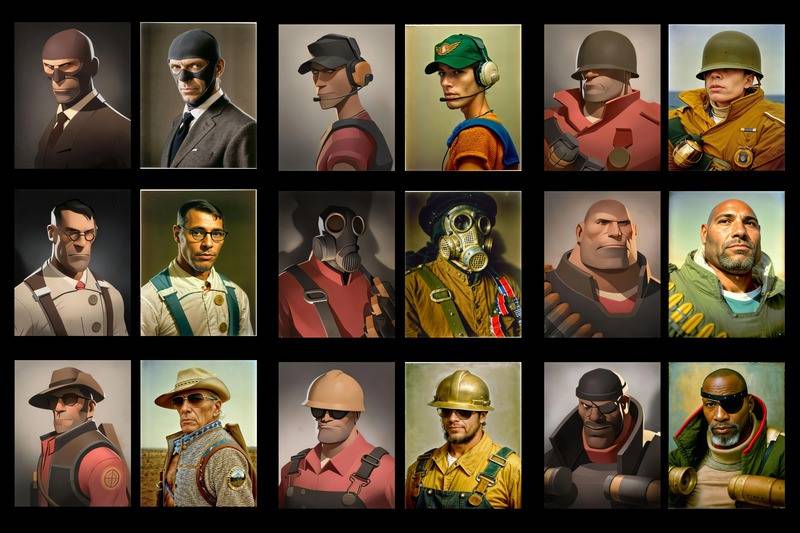
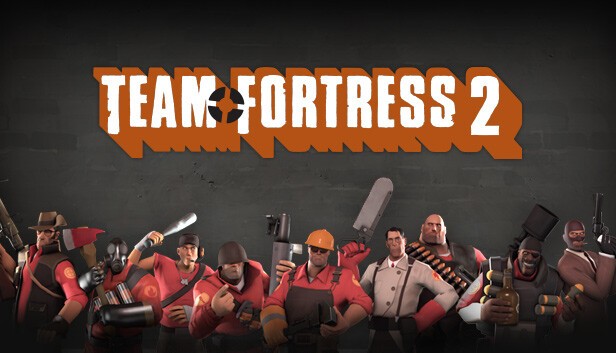
.webp)
